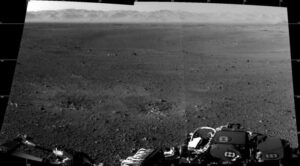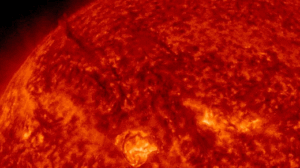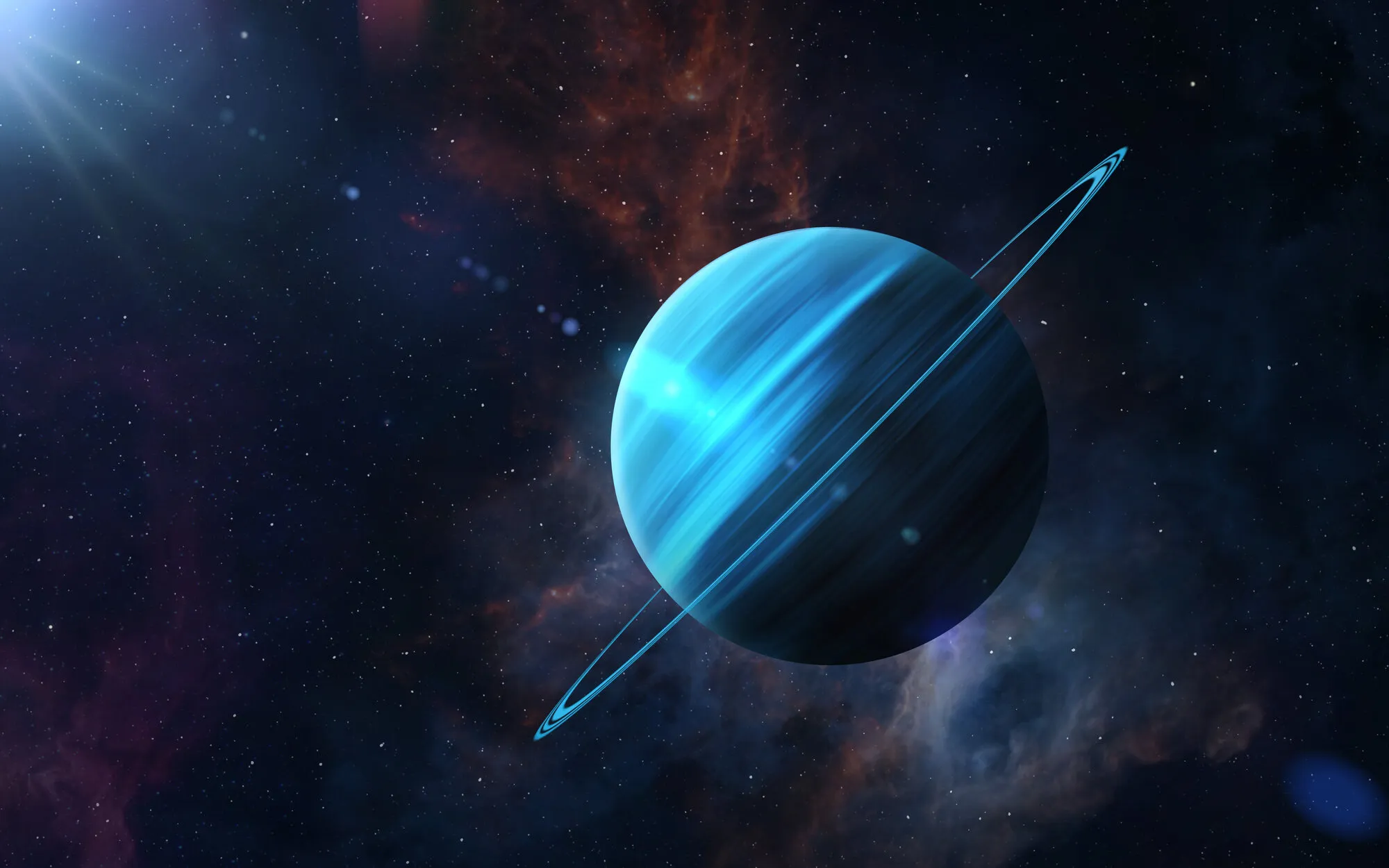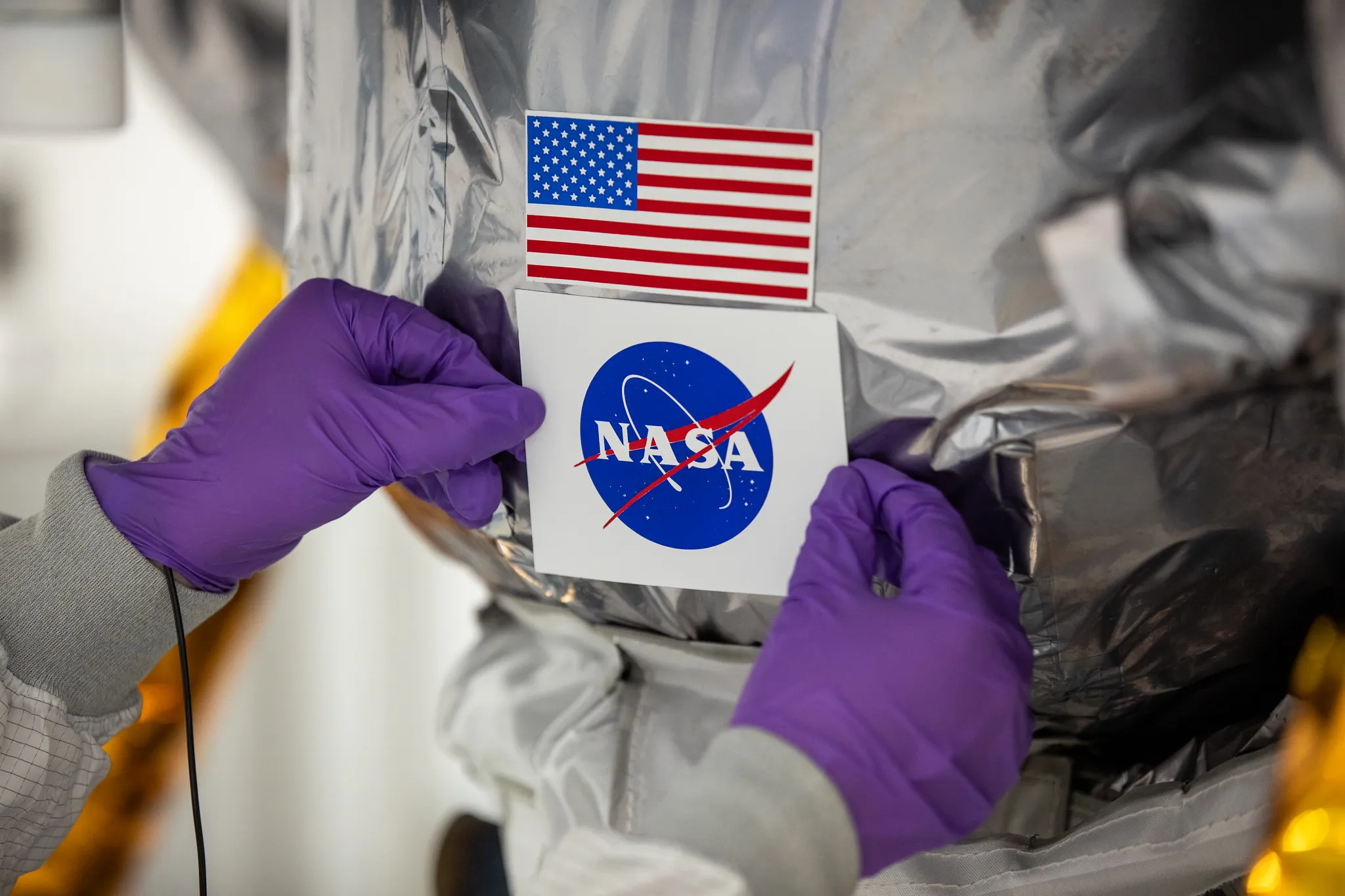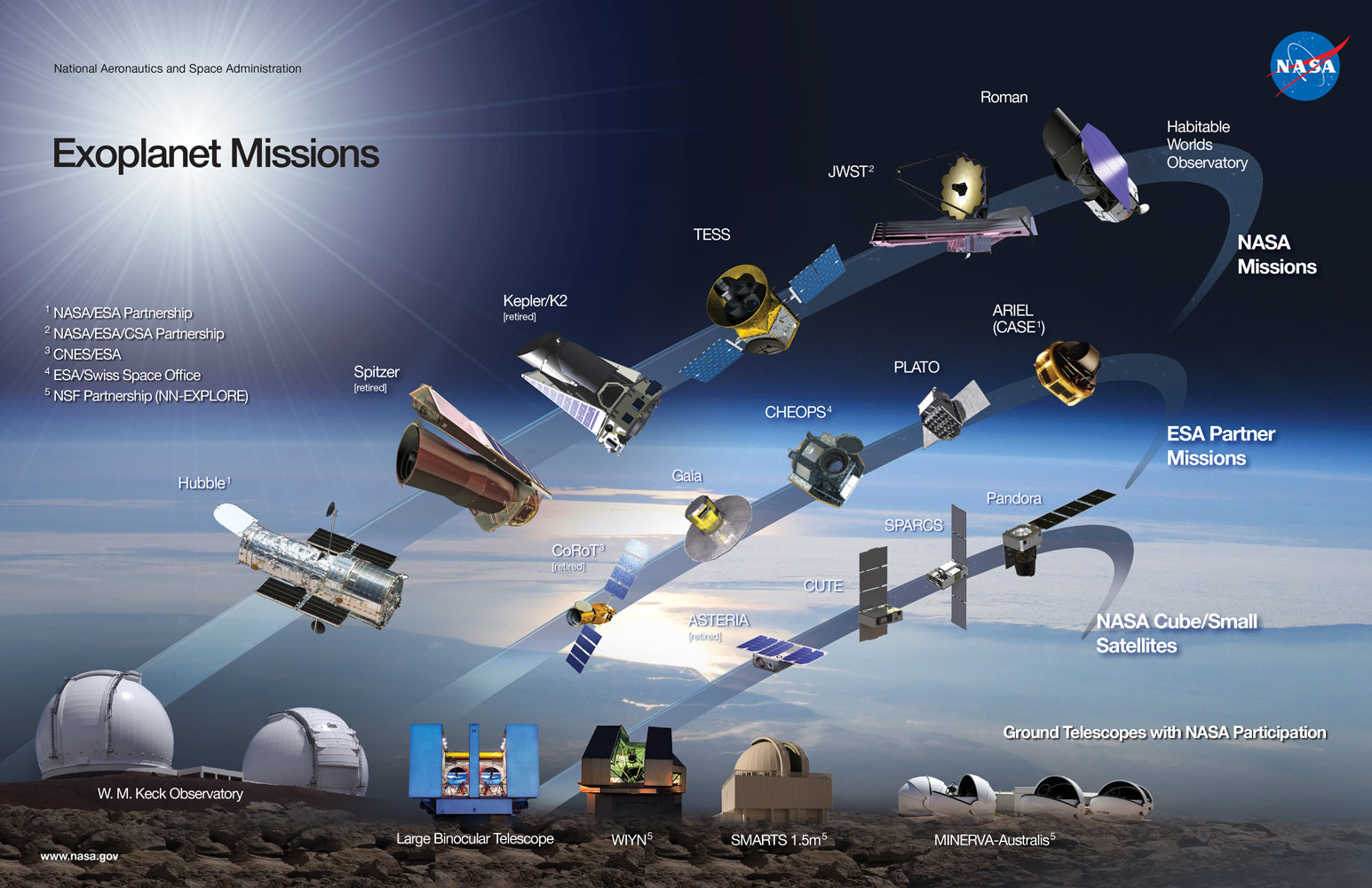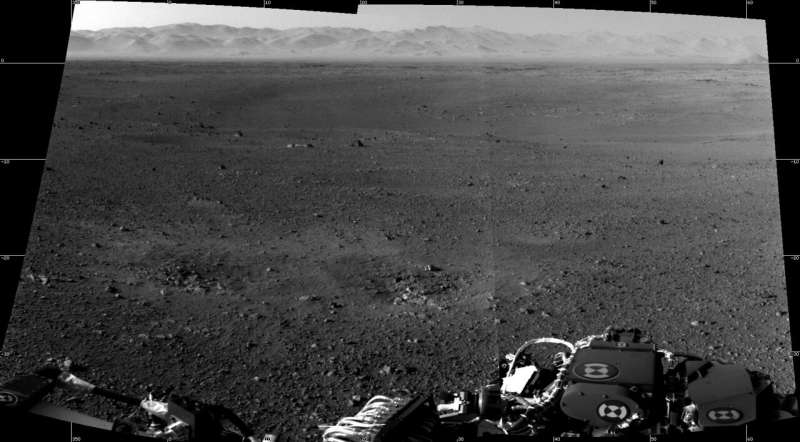NASA’s Chandra Observatory Discovers Crossing Streams in Galaxy Cluster Zwicky 8338
Astronomers using NASA’s Chandra X-ray Observatory have unveiled a remarkable phenomenon in the galaxy cluster Zwicky 8338 (Z8338). They observed two streams of superheated gas crossing paths, an event that may play a key role in the formation of new cosmic structures. Galaxy Tails: Unraveling a Chaotic Cosmic Landscape Within






